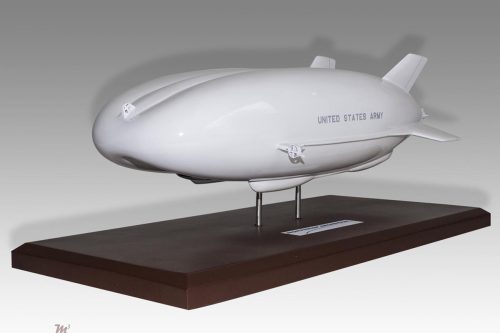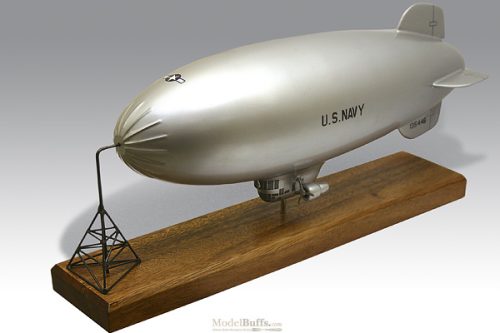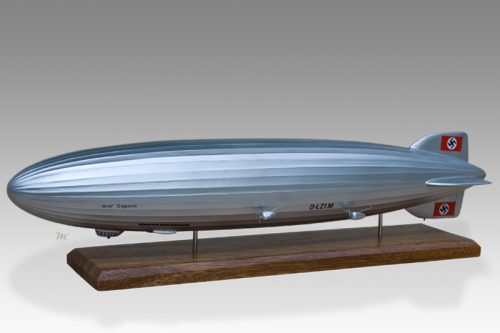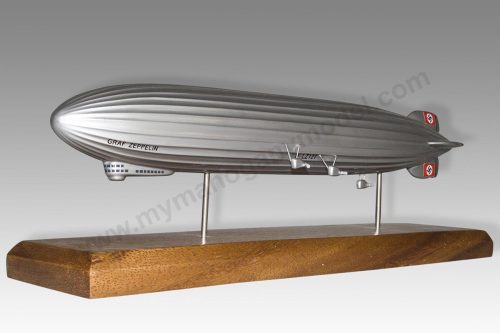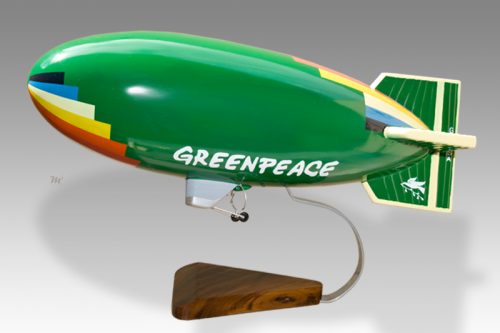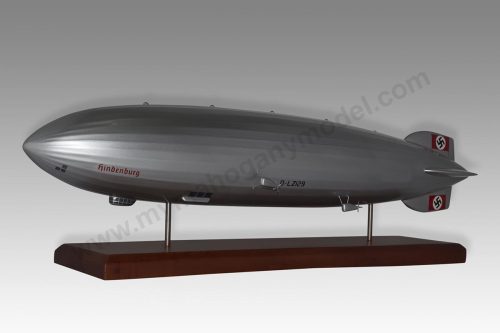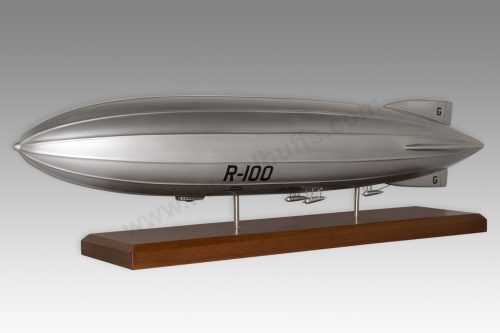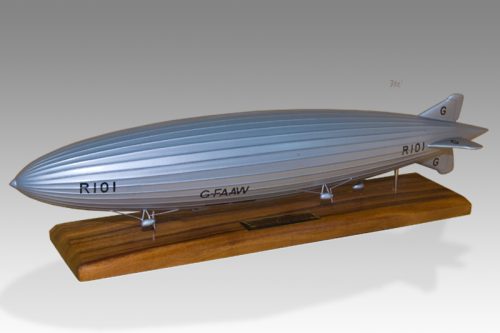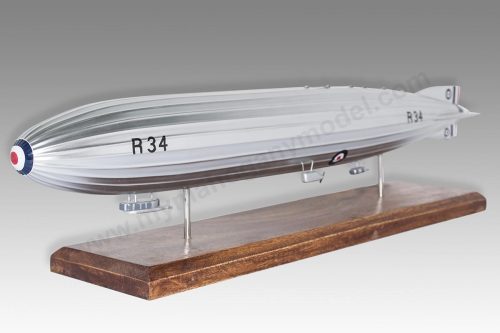The Soaring Legacy: History of Airships, Blimps, Dirigibles, and Hot Air Balloons
From ancient Chinese legends to modern advertising platforms, humanity’s desire to conquer the skies is a tale as old as time. Among the myriad inventions in aviation history, airships, blimps, dirigibles, and hot air balloons hold a special place, symbolizing an era of elegance, exploration, and ingenuity.
The Dawn of Aerial Exploration: Hot Air Balloons
The saga begins with hot air balloons. In 1783, the Montgolfier brothers, Joseph-Michel and Jacques-Étienne, from France, astonished the world by inventing the hot air balloon. Filled with smoke and hot air, their balloon ascended with passengers – a sheep, a duck, and a rooster – marking the first recorded flight of living creatures. Later that year, the first human flight in a hot air balloon was undertaken, heralding a new age of aerial exploration. These balloons relied on the principle that heated air rises, creating buoyancy.
From Balloons to Steerable Giants: The Birth of Dirigibles
While balloons marked a revolutionary step, they were at the mercy of wind currents. Enter dirigibles. The term “dirigible” originates from a Latin word meaning “to direct or steer.” These were essentially steerable balloons. By the late 19th century, inventors started adding propulsion systems, allowing for controlled flight.
Rigid, Semi-Rigid, and Non-Rigid: The Advent of Airships and Blimps
As aviation technology progressed, so did the classifications of these flying vessels:
- Rigid Airships: These have an internal skeleton or framework, maintaining their shape regardless of the volume of gas inside. The Zeppelin, invented by Count Ferdinand von Zeppelin in the early 20th century, is the most famous example.
- Semi-Rigid Airships: These have some structural framework but largely rely on the lifting gas to maintain their shape.
- Non-Rigid Airships or Blimps: These maintain their shape solely from the internal pressure of the lifting gas. The iconic Goodyear Blimp is a prime example.
The Golden Age and Decline
The early 20th century was the golden age of airships. They were used in warfare for reconnaissance and patrol during World War I. In the inter-war period, they became symbols of luxury, offering transatlantic passenger services.
However, the golden age was marred by tragedies. The 1937 Hindenburg disaster, where the German airship LZ 129 Hindenburg caught fire, leading to significant loss of life, marked the beginning of the end for the large passenger-carrying airships.
Modern Uses and Revival
While large rigid airships saw a decline, blimps and smaller dirigibles found a niche. Today, blimps are popular for advertising and broadcasting aerial views at sporting events. Dirigibles are being reconsidered for cargo transport due to their low environmental impact and ability to carry heavy loads. Meanwhile, hot air ballooning has become a recreational activity, with festivals celebrated worldwide.
If the model you require is not mentioned or shown below and is not listed for sale on our site just let us know what you need by clicking here.
Airships, Blimps & Balloons
Airlander 10 HAV 304 LEMV Hybrid Airship United States Army Model
Airships, Blimps & Balloons
Airships, Blimps & Balloons
Airships, Blimps & Balloons
Airships, Blimps & Balloons
Airships, Blimps & Balloons
Airships, Blimps & Balloons
Airships, Blimps & Balloons
Airships, Blimps & Balloons
Airships, Blimps & Balloons
Airships, Blimps & Balloons
Airships, Blimps & Balloons

